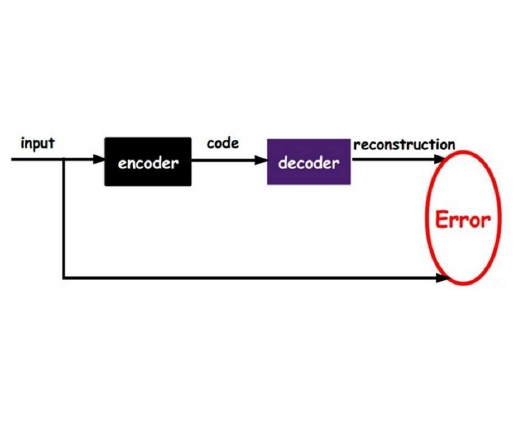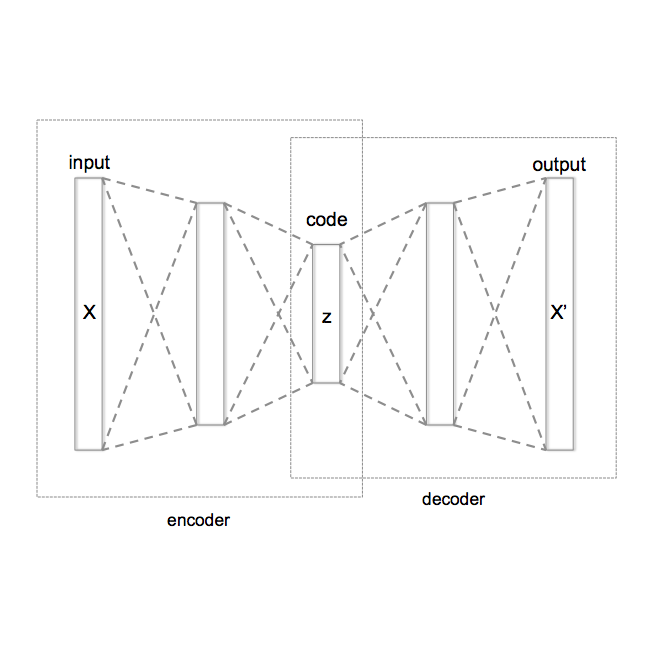Even though Variational Autoencoders (VAEs) are widely used for semi-supervised learning, the reason why they work remains unclear. In fact, the addition of the unsupervised objective is most often vaguely described as a regularization. The strength of this regularization is controlled by down-weighting the objective on the unlabeled part of the training set. Through an analysis of the objective of semi-supervised VAEs, we observe that they use the posterior of the learned generative model to guide the inference model in learning the partially observed latent variable. We show that given this observation, it is possible to gain finer control on the effect of the unsupervised objective on the training procedure. Using importance weighting, we derive two novel objectives that prioritize either one of the partially observed latent variable, or the unobserved latent variable. Experiments on the IMDB english sentiment analysis dataset and on the AG News topic classification dataset show the improvements brought by our prioritization mechanism and and exhibit a behavior that is inline with our description of the inner working of Semi-Supervised VAEs.
翻译:尽管在半监督的学习中广泛使用变式自动考核仪(VAE),但是他们工作的原因仍然不清楚。事实上,增加未监督的目标往往被模糊地描述为正规化。这种正规化的力度是通过对未贴标签的培训组部分的目标进行下加权来控制的。通过分析半监督的VAEs的目标,我们观察到,他们使用已学过基因模型的后代模型来指导在学习部分观测到的潜在变量中的推论模型。我们表明,鉴于这一观察,有可能对未监督目标在培训程序上的效果获得更细的控制。我们利用重要性加权,得出两个新目标,即将部分观测到的潜在变量之一列为优先事项,或将未观测到的潜在变量列为优先事项。对IMDB英语情绪分析数据集和AG 新闻专题分类数据集的实验表明,我们的优先排序机制带来了改进,并展示了一种与我们对Sim Supervised VAEs内部工作描述相符的行为。




